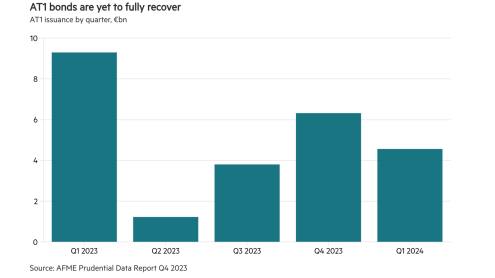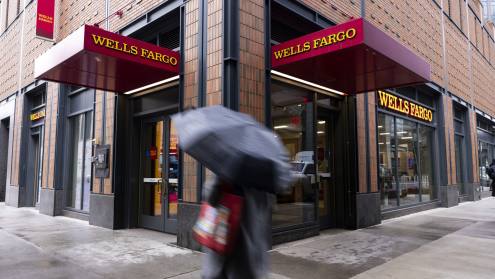Although economic growth picked up in the EU countries of the central and eastern Europe (CEE) region in 2014 after a sluggish 2013, their banking assets and capital shrunk throughout the year in this year’s Top 100 CEE EU Banks ranking.
For most countries, this happened as the depreciation of the local currency against the dollar outmatched the growth of assets and capital. However, while every single country in the ranking posted a decline in dollar terms in aggregate assets relative to 2013, this was not the case with Tier 1 capital – one country, Bulgaria, posted a Tier 1 capital increase in dollar terms, 5.49%.











